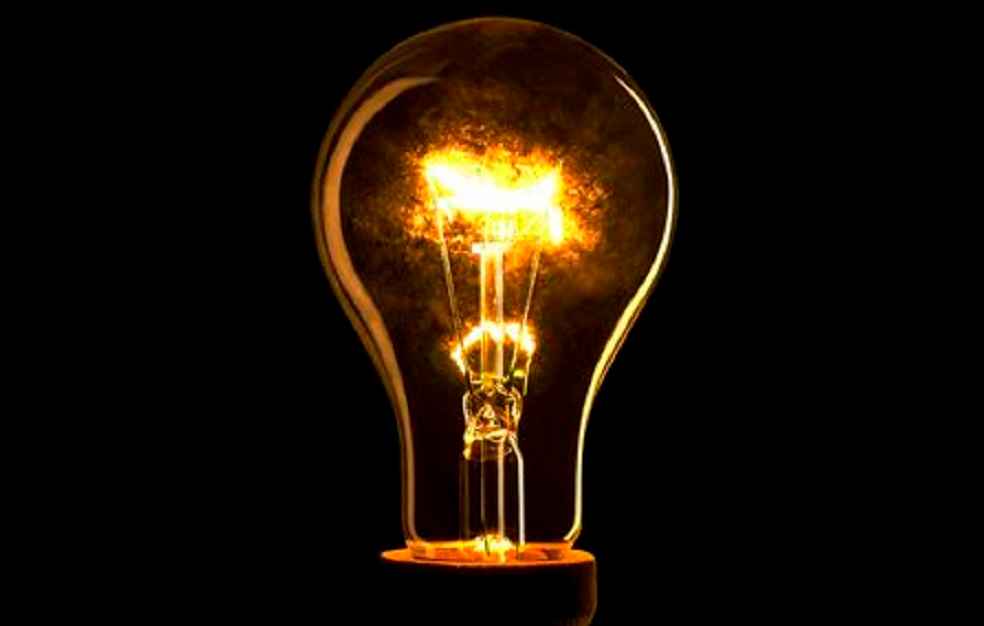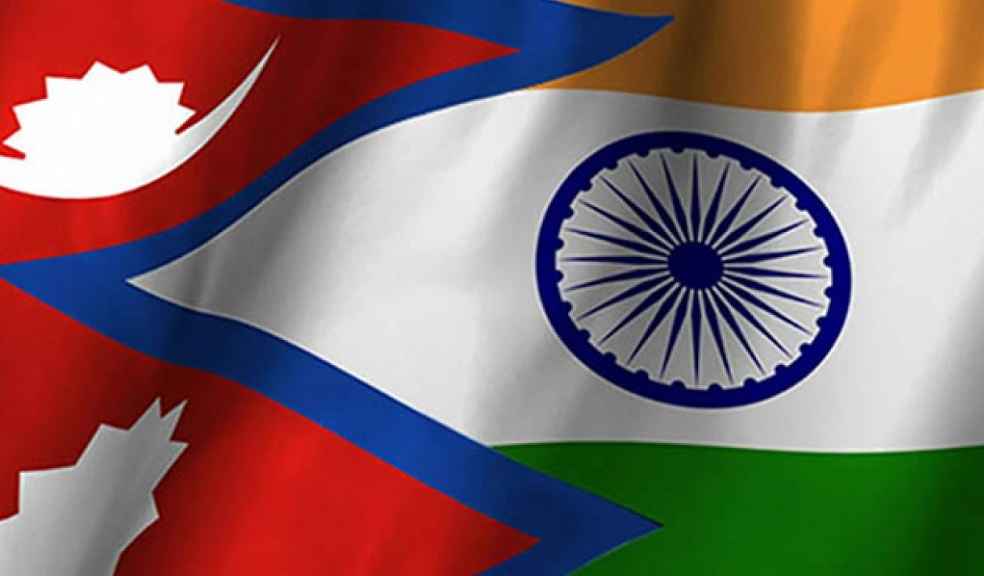A transformative accord in power trade materialized between Nepal and India during their 14th Joint Technical Team (JTT) assembly. This pivotal agreement paves the way for Indian states to directly source electricity from Nepal, strengthening bilateral energy relations and streamlining cross-border transactions.
Landmark Developments
The deliberations yielded substantial progress, allowing not just state-level direct trading, but also a commitment from both nations to escalate the capacity of electricity traded through the Dhalkehar-Muzaffarpur cross-border conduit. Furthermore, the parties vowed to accelerate construction activities related to additional cross-border lines, designed to elevate the power trade.
Prabal Adhikari, presiding over Nepal Electricity Authority’s energy trade department, confirmed that, entities based in India actively participating in the power trading sector now have the green light to engage in transactions via a 132 kv transmission channel. He emphasized that contracts with individual Indian states are to be formalized at the Energy Secretary tier.

Implementation Procedures
Though consensus has been achieved, activation awaits the signing of a formal contract. For Indian states desiring to acquire electricity from Nepal, initial proposals must be routed through India’s governmental power agency to secure approval.
Infrastructure Advancements
Two specialized 132 kv transmission lines connecting Nepal and India have been earmarked for power exports. These lines will funnel electricity to Indian states such as Bihar and Uttar Pradesh. Additionally, two more transmission corridors — Nautanwa-Mainaiya and Kohalpur-Nanpara — are under construction. These lines will complement the pre-existing 400 kv Dhalkehar-Muzaffarpur cross-border line, which currently stands as the sole operational channel for electrical exchange between the two countries.
Sutluj Jal Vidyut Nigam of India, presently committed to the 900 MW Arun-III hydropower scheme, is erecting a novel 400 kv Dhalkebar-Sitamarhi conduit with a capacity to transfer up to 2,000 MW. Initially designed solely for exports from Arun-III, this line is now slated to be accessible to Nepal for broader energy trading needs.

Future Outlook
Subsequent to the anticipated enhancement of the existing Dhalkehar-Muzaffarpur transmission channel, Nepal’s electricity export potential to India will peak at 800 MW. Numerous collaborative ventures are in the pipeline, such as the Hetuda-Dhalkebar-Inaruwa conduit and the Dodhara-Bareilly transmission corridor, expected to reach completion by 2028-29.
Cementing Energy Relations
Given the ascending prominence of energy trading as a cornerstone in Nepal-India diplomatic affairs, the neighboring countries are in the planning stages of multiple cross-border transmission networks. Energy trading ascends as a foundational element between Nepal and India, steering toward a future of greater resilience and interconnectivity.
LATEST NEWS | India, Nepal, Bangladesh Ink Historic Tripartite Green Energy Trade Accord



